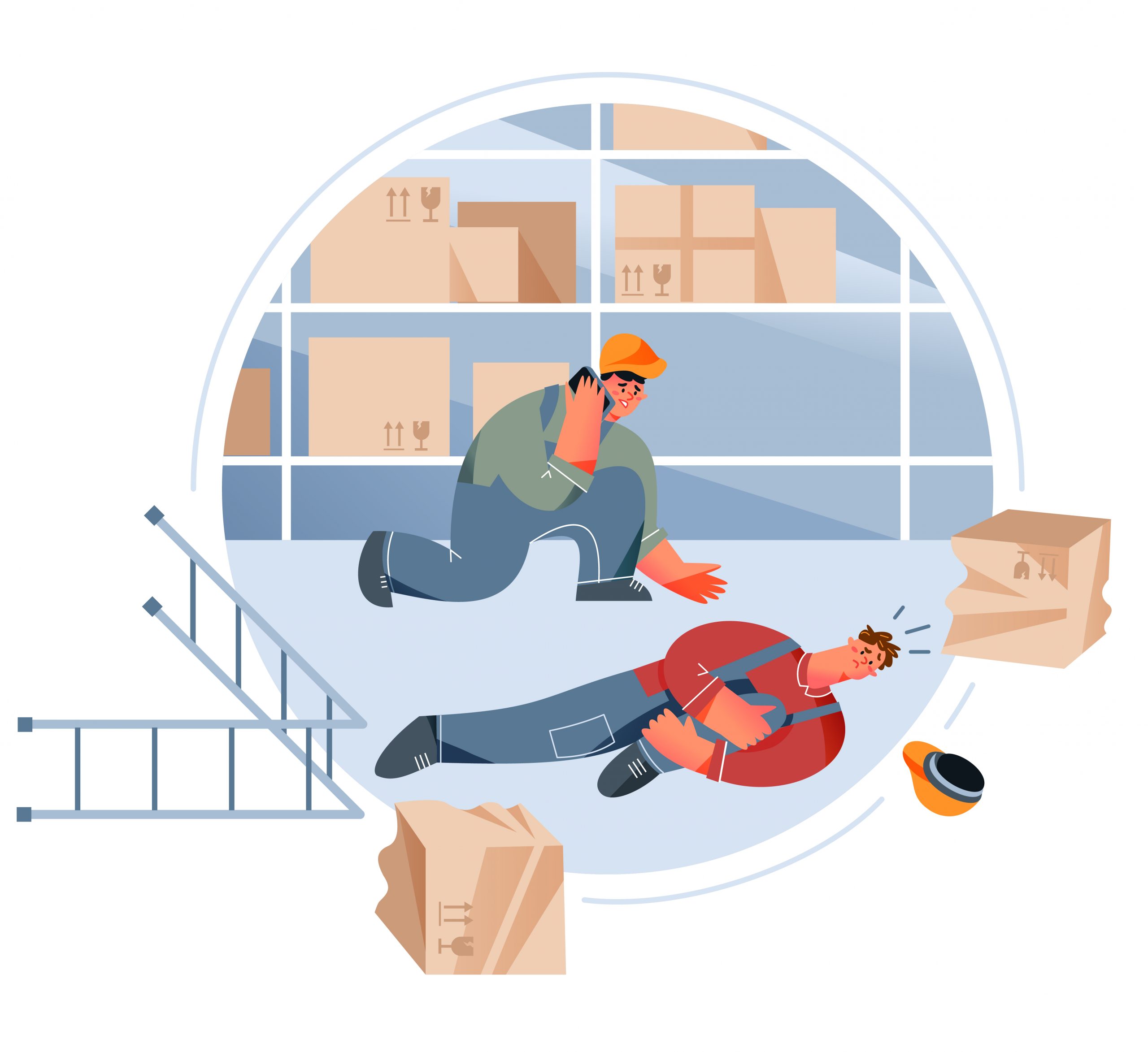A Guide to Identifying Workplace Hazards in Manual Handling Environments Leave a comment
In any workplace, manual handling tasks present inherent risks that can compromise the health and safety of employees if not managed effectively. The first step towards fostering a secure and conducive work atmosphere is identifying the hazard.
Workplace variables that could make injury more likely to occur are workplace hazards. There are several techniques to recognize these risks and they include:
- Take a stroll around the workplace and scan it for dangers
- Discuss risk factors with employees
- Look through injury reports to identify persistent issues
- Consistently review and update risk assessment
Navigating Workplace Safety: Unveiling the Risks of Manual Handling
Understanding the risk associated with manual handling is the first step to workplace safety. As employees lift, push, pull, and carry objects, the spectre of injury looms. Therefore, it is necessary to discern elements that elevate the likelihood of harm. Such elements include the following:
Stationary Position
An occupation that requires prolonged periods of immobility increases the risk of musculoskeletal strain and fatigue among workers. There’s a need for ergonomic considerations and regular breaks to alleviate stress on the body.
Workspace Design
Poorly designed workspaces compel employees to adopt awkward postures, such as bending or twisting. Awkward posture can strain the muscles and joints over time. A thoughtful layout and ergonomic furniture promote proper body alignment and reduce the likelihood of injury.
Object Weight
Heave loads pose significant risks during lifting and carrying tasks. Heavy loads can lead to overexertion injuries. Implementing weight limits and providing mechanical aids can mitigate these risks.
Object Placement
Objects positioned at extreme heights or below knee level require workers to engage in strenuous movements. Strenuous movement increases the likelihood of injuries. Ensure that objects are stored at ergonomic heights to minimize strain.
Duration and Frequency
Prolonged and high frequency of manual handling activities heightens the risk of repetitive strain injuries and cumulative trauma disorders. Rotation of tasks and adequate rest intervals can alleviate strain and prevent long-term health issues.
Object Condition
Poorly maintained equipment and tools necessitate greater exertion from workers. Ensure regular inspections and maintenance protocols to be sure tools are in optimal condition. Routine inspection helps reduce the risk of mishaps.
Ungainly Burdens
Objects with slippery surfaces or irregular shapes pose challenges during handling. Appropriate handling aids and proper employee training should be provided for such objects.
Handling Live Entities
Handling live persons or animals requires careful attention to prevent sprains and other injuries. Proper training in lifting techniques and using assistive devices minimize the risk of accidents.
Strategies for Risk Reduction in Manual Handling
The journey to injury prevention begins with identifying the hazards. Once the hazards are identified, individuals can take proactive measures to reduce the likelihood of handling injuries. Here, we will explore actionable strategies to minimize the risk of injury in professional settings and everyday life.
The safety advice includes the following.
- Alter the task by asking, “Does this need to be completed?” If so, must it be carried out in this manner?
- Alter the item, such as packing a giant load into smaller boxes
- Rearrange the workspace, such as by using ergonomic furniture and positioning workbenches at the best heights to prevent bending or stretching
- Altering the environment’s elements, such as heat, cold and vibration
- Use mechanical devices like wheelbarrows, conveyor belts, cranes, forklifts, etc.
- Alter the nature of work by providing frequent breaks or the opportunity to perform new tasks.
- Provide enough training because unskilled employees are more likely to sustain injuries.
In conclusion, identifying hazards in manual handling environments is the cornerstone for injury prevention. As this article elucidates, recognizing workplace variables that heighten the risk of injury is instrumental in fostering a workplace safety culture. From the dangers of stationary positions to the challenges posed by heavy loads and ungainly burdens, each hazard provides opportunities for proactive risk reduction measures. We can use strategies such as task alteration workspace optimization and mechanical aids to fortify ourselves against manual handling injuries.
Similarly, comprehensive training and regular risk assessments empower employees to navigate their work environments with confidence and competence. We should remain steadfast in our commitment to safeguarding the health and safety of all individuals, both at work and beyond, through collective diligence and unwavering dedication. This way, we can cultivate an environment where safety thrives and injuries become a rarity rather than a norm.
This article is part of our comprehensive Manual Handling training. We offer both online and live onsite manual handling program. If you want to master manual handling techniques and ensure safety in your workplace our 4 Days of Live Physical Training – Care Certificate and Manual Handling Course is your go-to training program. Our comprehensive program will equip you with the skills and knowledge you need to excel while keeping yourself and others safe. We also run an online program for those who can’t attend the live onsite training. You can enroll for the online manual handling training here.

